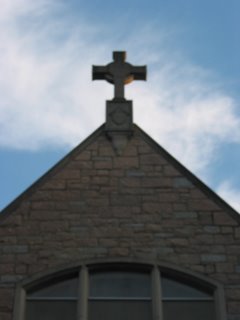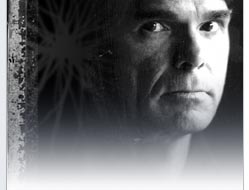
Postmodern Cathedral
Today I journeyed to a postmodern cathedral, Southpoint Mall (streetsatsoutpoint.com). Southpoint Mall is designed to have the look and feel of community with the purpose of allowing young adults to part with large quantities of money. There is both an inside and outdoor portion of the mall but the inside is deigned to look and feel like it outside. It has green spaces, high glass ceilings and event above the stores are shells to make it seem like the store is located on a busy street rather than inside a giant retail shop. Southpoint is trying to mimic the small town shop feel while housing big-dollar retailers like The Gap and Pottery Barn.
The sound of splashing water and the constant feel of a breeze caresses your face as you walk through the inside of the mall. On the outside a vendor sales fresh roasted nuts and flavored ice shavings on the Streets of Southpoint while a young man juggles for tips. The restaurants in the vicinity fill the air with the scent of expensive food being prepared from around the globe and across the street. It seems like everyone is here, from the young adult with a dozen piercings, slashed jeans and black eye liner to the soccer mom with toddlers in tow. At Barnes and Nobles grandmother is buying childrenÂ’s books with a curly headed little girl while a few feet away a man is talking on his Blue Tooth enabled cell phone while pounding the keys of his laptop feverishly. In the Metropolitan young adults browse expensive home accessories as well as funky and risque' gifts including decks of cards with different sexual positions for every day of the year. Everybody is looking for something, but I don'’t really think they are going to find it here, no matter how good the ambiancence is. This is, however, the church of the culture.
All of the elements of worship are present. There is music to set the mood piped in with hidden speakers so that your spirit is lifted with upbeat popular tunes and old familiar songs. The offering is collected with the ring of every cash register. There is a ritual of standing and sitting as hosts usher people to their table to break bread. The sacrament of Marble Slab ice cream welcome the worshippers. The preacher for the day, with messages of hope or despair, is shown on the sixteen screens of the movie theatre with Dolby sound and amazing graphic effects. The benediction of each service ends with the words of the friendly merchants saying, "Thanks! Have a good night."
How can today's church stand against this retail community of our culture? Leslie Newbegin, in The Gospel in a Pluralist Society shares how we can speak to this society of spenders whose worship is purchase, entertainment and consumption. We must construct a community that stands over and against the culture by including Newbegin'’s six characteristics:
- Community of praise: —we must be a people who give up on being proper we have to be people of radical praise. Praise which looks up in admiration and love” to God in radical self-giving as well as praise that is filled with thanks! This community will praise and not practice the illusion of praise that fills the stores to encourage more purchase.
- Community of truth: authenticity is essential to break past the illusion of truth that is prevalent in our society.
- Community that cares for its neighborhood: —all ministry is indigenous! While retailers are trying to create the illusion of concern with their greetings and salutations, the body of Christ needs to really care for those in need around them. Those who worship with them and live near them.
- Community of priests: —everyone is a spiritual leader. While the church may still have pastors, everyone will see themselves as a spiritual being able to convey and share the message of the cross and hope eternal.
- Community of mutual responsibility: —the illusion of real community is everywhere. That is why the mall is trying to look like a small town. The body of Christ must be real community that lives and breathes as a community. We must care for our sisters and brothers.
- Community of hope: —most importantly the illusion of self-help has to be replaced real hope that comes from God. Hope that permeates our culture of doubt and that stands in stark contrast to the bleak headlines that fill our omnipresent screens. (Newbegin, 163-170)
As I wandered across the paved, brick walkways I was keenly aware that I had failed in my attempt to reach this community. A couple of years ago I attempted to start a worshipping community that gathered in the theatre right in the middle of this postmodern cathedral. Though we gathered nearly one hundred souls the community did not reach viability before my time and my funding ran out. My burden for this generation is even more acute now that it was then. Can we reach them or must we just give them over to worship with retail liturgies and entertainment sacraments? God help us if we do not commit ourselves to reach this generation no matter what the cost. Thanks be to God that they, like I, remain:
Lost in Grace,
Marty



